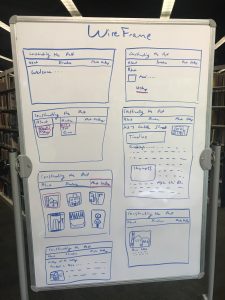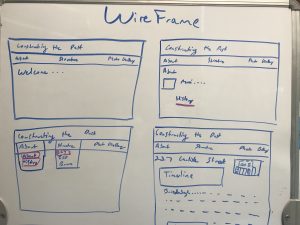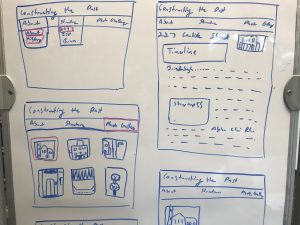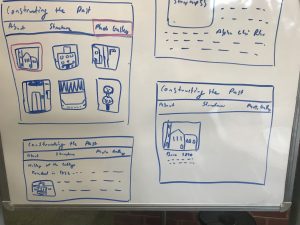When we first started to talk about Digital Humanities in week one we had a pretty broad definition of it, that is using digital tools to explore ideas, to teach, and to learn. We also agreed that it should be considered scholarship. I still agree with the definition of DH we came up with during the first week and still think it should be considered scholarship.
Before this project I had a narrow definition of digital humanities, I thought it had to be specifically digital humanities researched related. My definition has expanded to be a lot looser, that it can be anything created on the web and that it does not have to specifically be humanities based. I saw that with the visit from Bucknell because some of them were based on compiling scientific data or looking into scientific information, as well as how computer scientists also work on creating digital humanities projects. DH projects also don’t have to be about research, they can be creating a database, gathering information in one place, or an examination of one topic. This is more than just research, and includes more people than just academics. And especially that all DH projects should be considered scholarship because an article or book is not the only way to explore new ideas or argue a point, as well as it does not need to come to a definite conclusion to add to the conversation.
A resource that I used in a class last semester is a DH project that I did not understand to be a DH project till this summer. The Slave Voyage Project tracks the ships that left Africa full of slaves and where they went. It uses both digital tools and a database of the ships manifesto. Previously I would not have considered it DH because it is not necessarily doing research. But it is still furthering the conversation and contributing to the discussion even if it is not published in an academic journal. This also fits into the DH definition of how it should be considered scholarship. We viewed this database and time-lapse timeline in class and looked at it before class just like we would have to have a discussion about an article from a journal.



